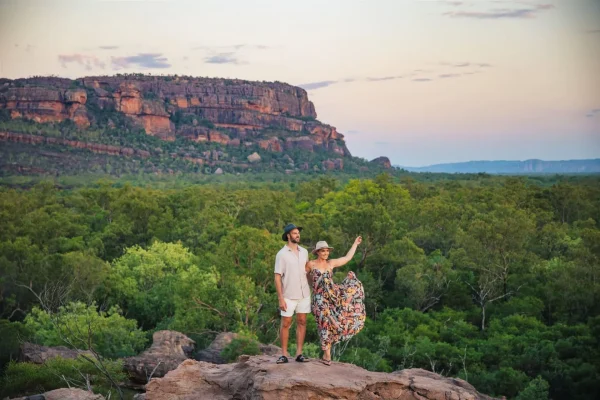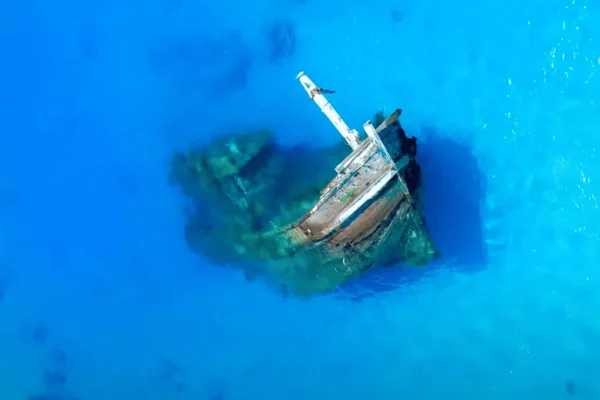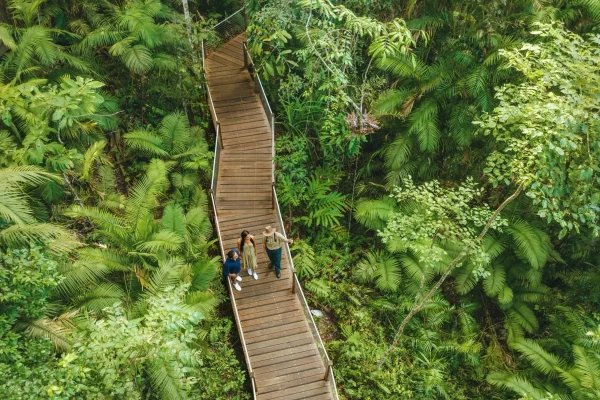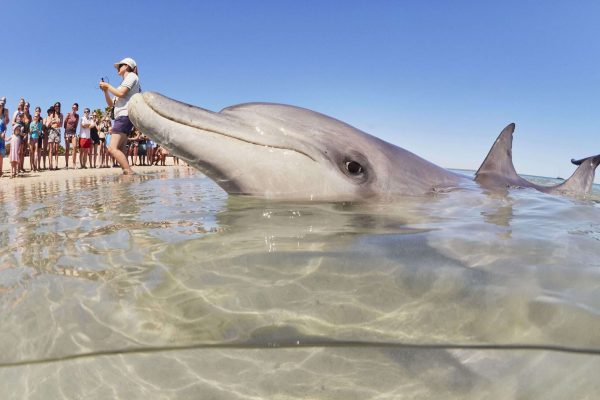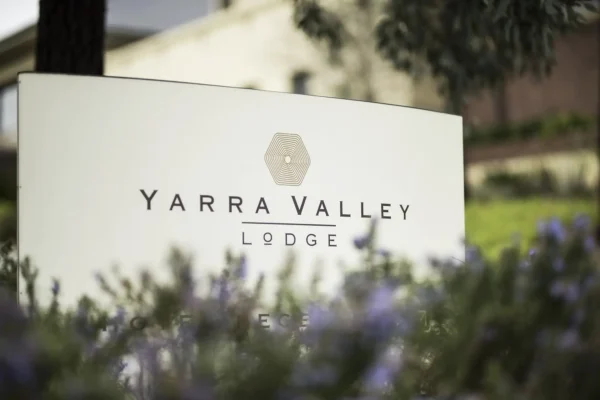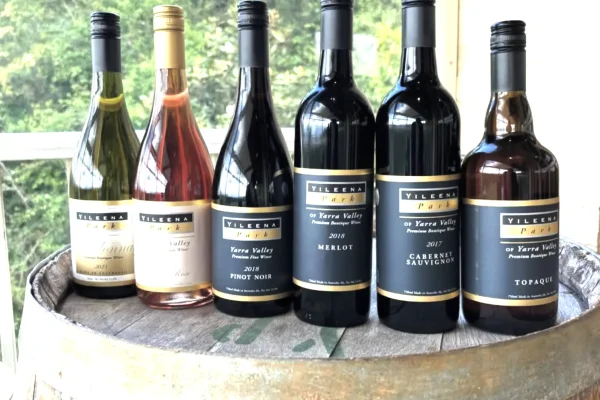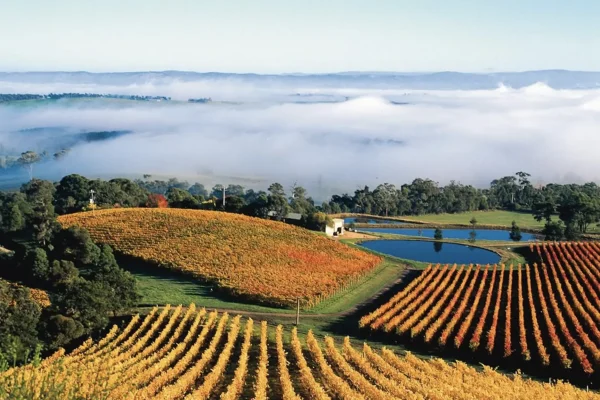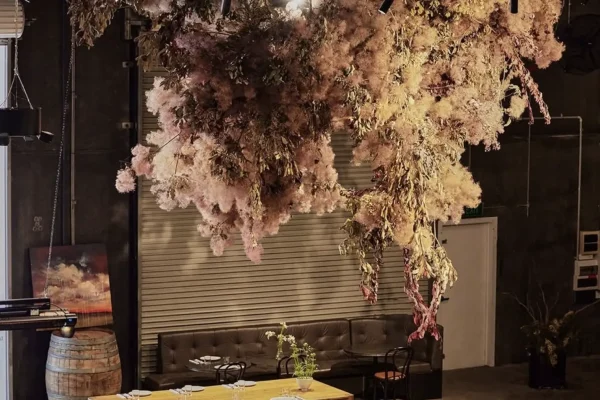The Great Ocean Road is a treasure trove of views, landscapes and adventures. One of the most unique and exciting ways to experience this Aussie icon is from the air in a WWII open-cockpit biplane. This vintage flying experience lets you step back in time and take in the views of the Southern Ocean and the coastline while feeling the wind in your hair in an open cockpit. From the limestone stacks of the Twelve Apostles to the serenity of Port Phillip Bay, every moment is sensory overload. Whether you’re an aviation nut, history buff, or adventure junkie, a biplane flight is the perfect combination of history, thrills and natural beauty.
A Historical Flight
Flying in a WWII biplane is more than just an aerial tour. It’s a journey through time. These aircraft were used for training and reconnaissance during the war, and now passengers can experience what the early military pilots felt as they flew through the skies. As soon as you get in the cockpit, you’re transported back to the 1940s. With the engine roaring and the wind in your face, the experience is one of freedom and nostalgia. Flying over Port Campbell National Park, Lavers Hill and Beech Forest, you’ll see the region from a new perspective, just like the pilots of old.
These flights also get you up close to Australia’s aviation history. Each vintage aircraft has a story to tell—many were used to train the pilots who defended Australia during WWII. As you fly over cliffs and ancient rainforests, the experience is a living history lesson and connects you to a time when these machines were the cutting edge of aviation technology.
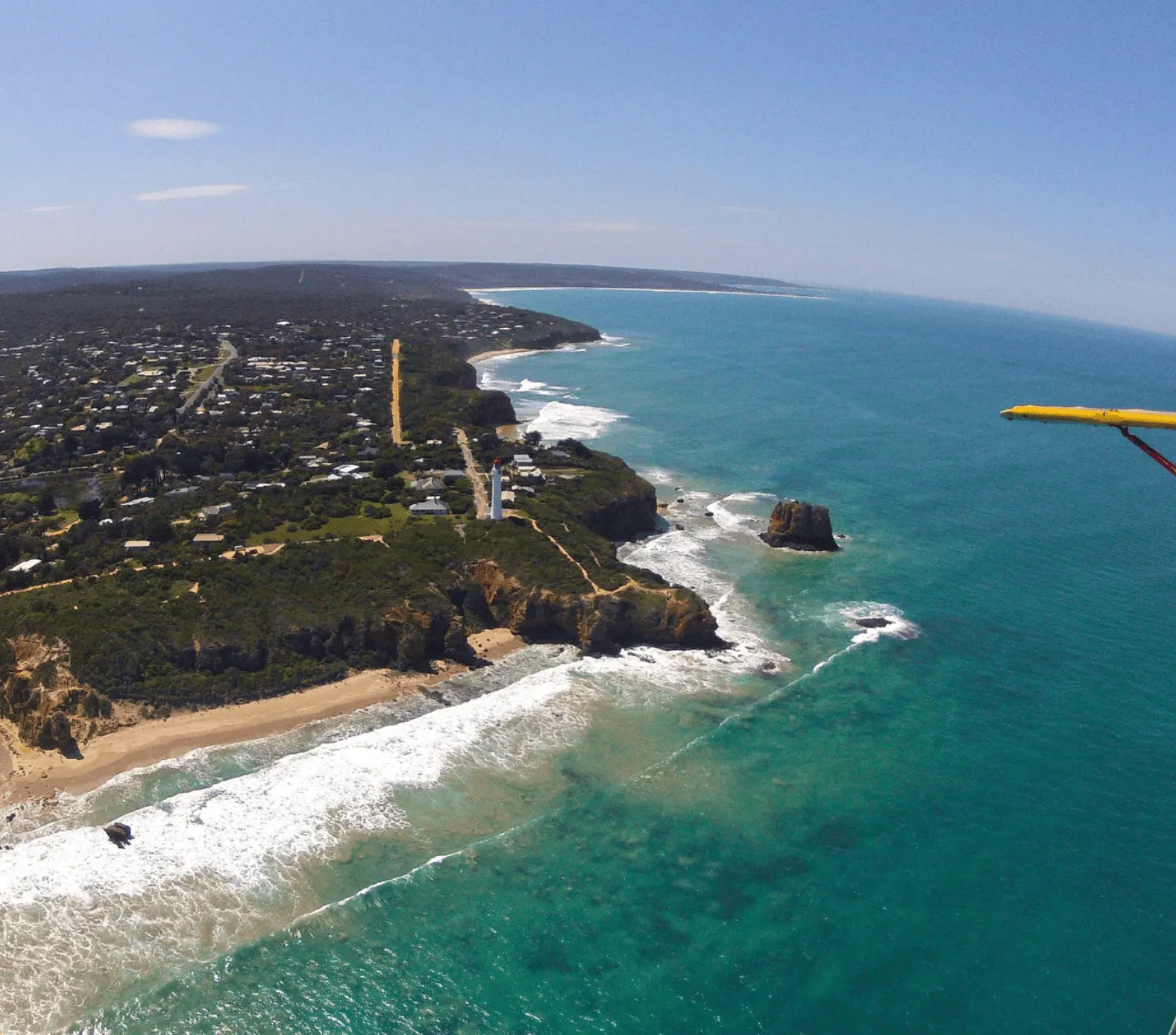
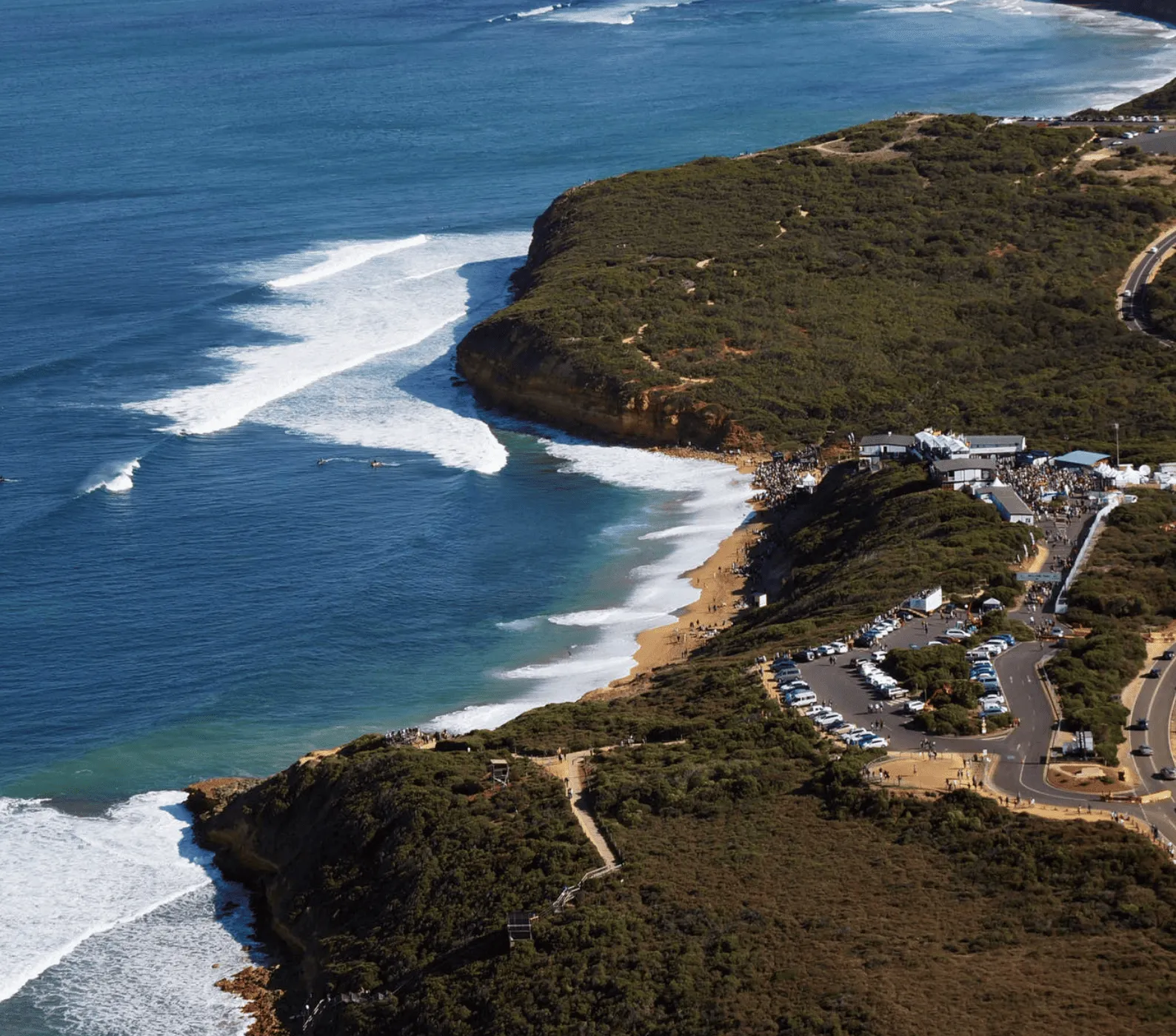
WWII Biplanes
The vintage aircraft used for these flights, like the Tiger Moth, are engineering marvels. The biplane design is lightweight and strong, with a distinctive dual-wing structure. Each plane has its own story, from training military pilots to being restored for modern adventures. Whether you’re cruising over the Twelve Apostles or flying along the coastal tracks near Johanna Beach, these planes are the real deal.
Biplane Experience: What to Expect
The adventure starts as soon as you arrive at the airfield. You’ll see the vintage aircraft waiting for you, and the excitement will begin. After a safety briefing, you’ll put on authentic gear, including a leather aviator helmet and goggles, and then get strapped into the open cockpit. The pilot will then taxi the plane to the runway.
As the engine fires up and we take off you’ll see the most famous sights of the Great Ocean Road. The Twelve Apostles, Tower Hill Wildlife Reserve, every view is a reminder of how beautiful this place is. On a clear day you can see Lake Elizabeth in the forest or the rainforests of Beech Forest and Otway Fly Treetop Adventures.
Whether you’re flying over the sandy beaches of Port Fairy or the dramatic views of London Arch, there’s something for everyone. Flying in an open cockpit is like nothing else – speed, wind and sky.
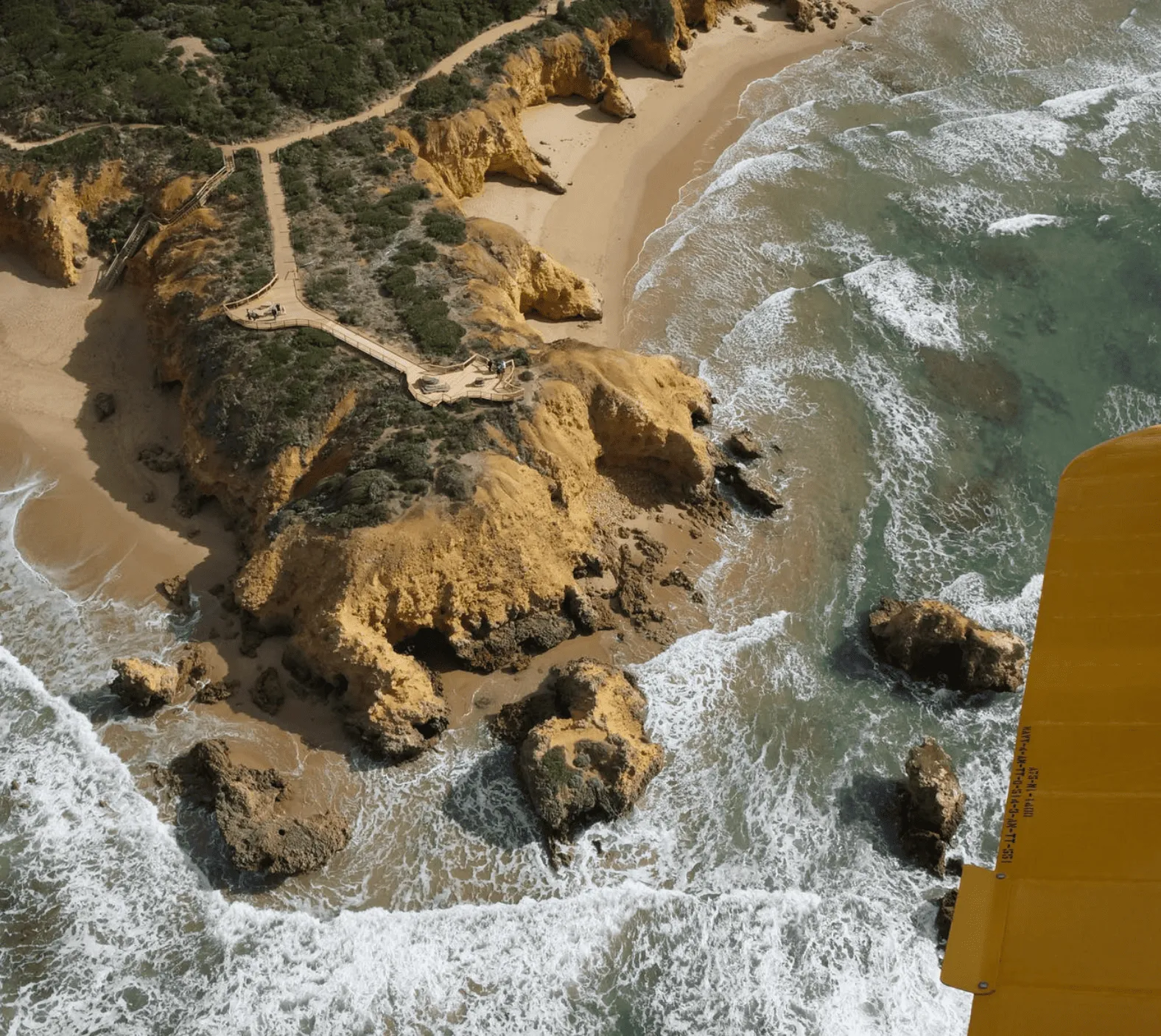
High-Flying Feats: What Aerobatics Can Do
For those who want an adrenaline fix biplane flights often include optional aerobatics. Depending on your preference the pilot can do loops, barrel rolls, steep dives and other stunts. These will show off the biplane’s agility and versatility and will be an adrenalin rush. Imagine diving towards the Bass Strait then looping back up over the Bay of Islands all while you’re securely harnessed in your seat.
If aerobatics isn’t your thing, don’t worry. Many passengers opt for a smooth, scenic flight that focuses on the views rather than the thrills. Whether you’re flying over the coastal scenery of Port Campbell or the rocky cliffs of Childers Cove, the flight can be tailored to your comfort level.
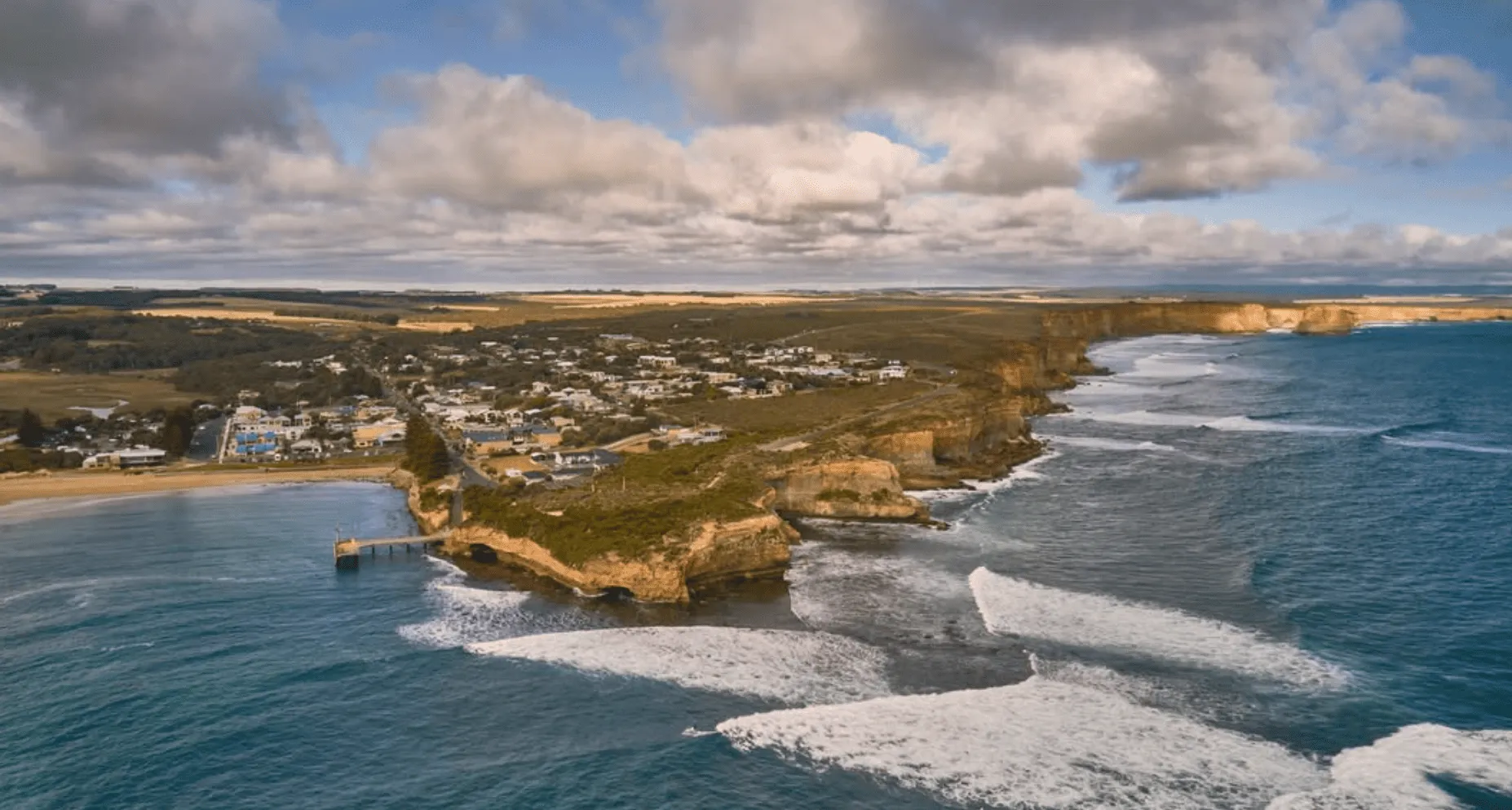
Best Time to Fly
The best time to fly is during the warmer months, November to March, when the weather along the Great Ocean Road is at its best. Great Ocean Road tour during this time allows for stunning aerial views. Early mornings and late afternoons are the best for views with softer light, perfect for capturing the coastal scenery of Bass Strait or the green hills of Erskine Falls. Even in the cooler months, the flights offer a unique perspective of the coast and rainforests.
Safety in an Open Cockpit
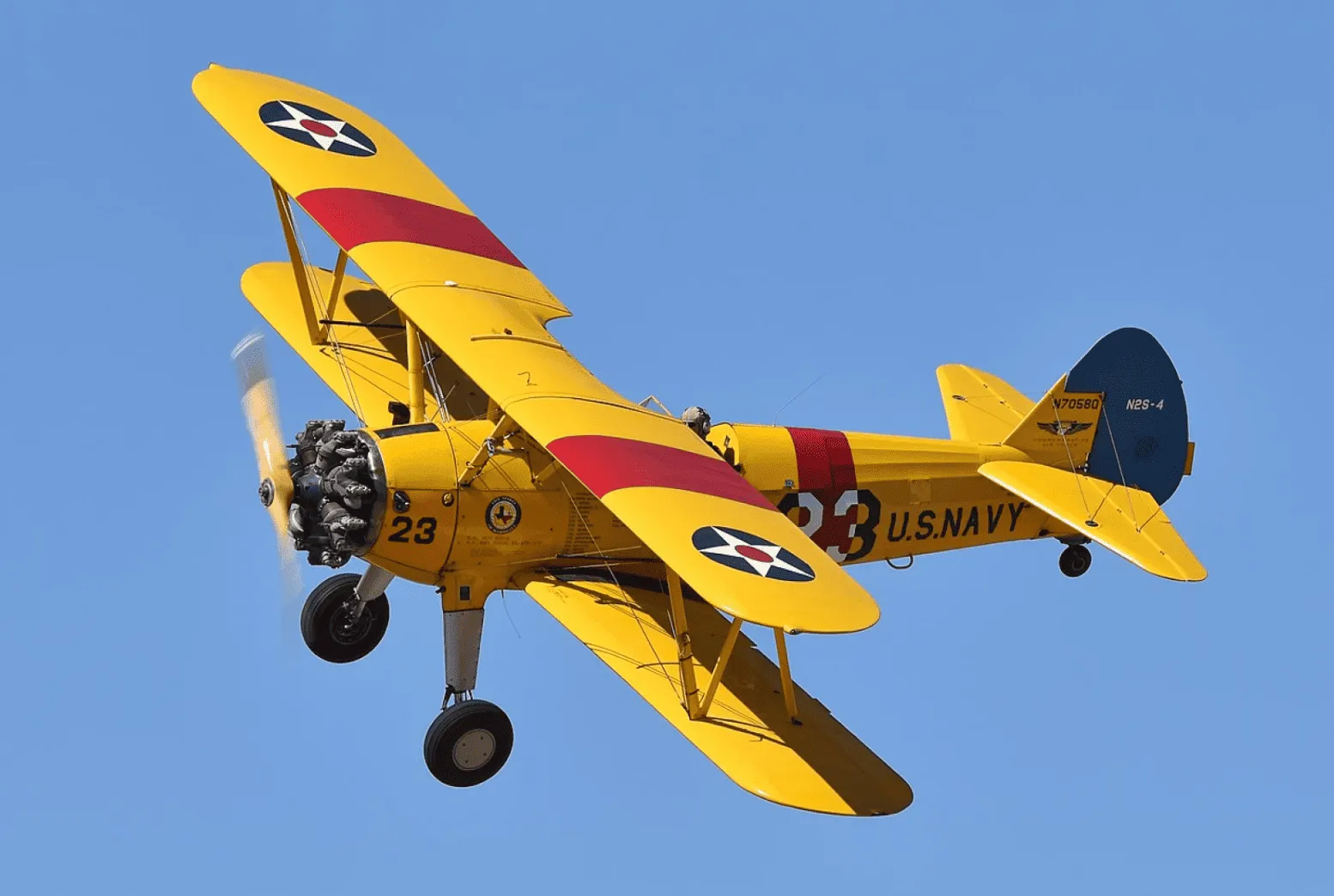
Pilot Expertise
Book Your WWII Biplane Experience
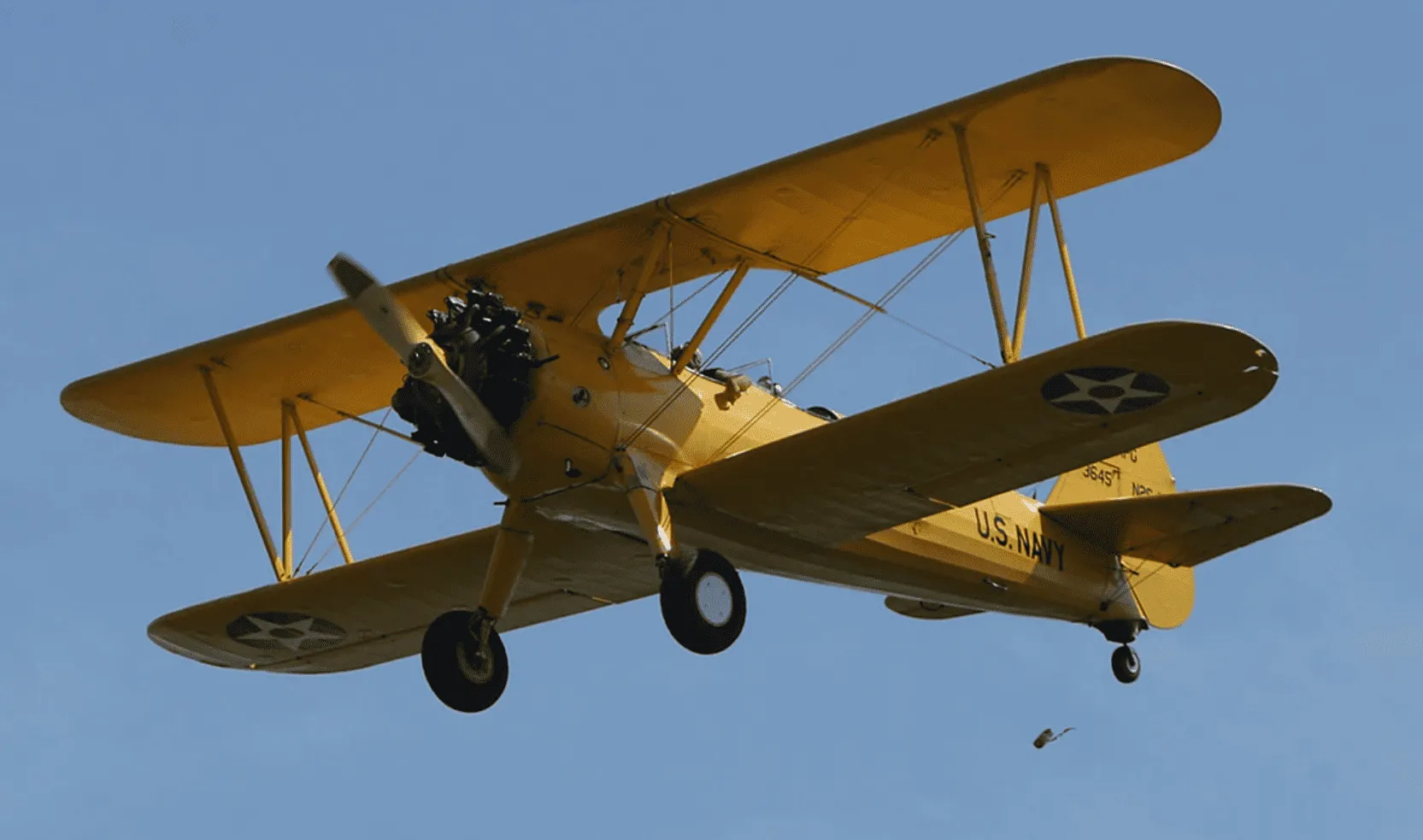
Tips for a Great Experience
- Dress Warm: Open cockpit can get cold even in warmer months. Layers and closed toe shoes a must.
- Hold On: Secure all belongings before takeoff so they don’t go flying mid-flight.
- Capture Memories: Many operators offer in-flight photography so you can relive the adventure and share it with friends.
- Discuss Aerobatics: Let your pilot know your comfort level with aerobatics before takeoff.
- Plan Ahead: Combine your flight with a visit to Beech Forest or Otway Fly Treetop Adventures for a full day of fun.
FAQ
Is it safe to fly in a WWII biplane?
Yes, flying in a WWII biplane is safe. The planes are well-maintained and meet modern safety standards.
Can I choose my own route?
Many operators offer custom routes so you can fly over Apollo Bay, Port Campbell or Cape Otway.
What should I wear?
Comfortable, layered clothing and closed-toe shoes.
Are aerobatics included?
Aerobatics are optional and can be tailored to your comfort level. You can have a smooth scenic flight or a more adrenaline-filled aerobatic experience.
How long is the flight?
Flight times vary but 20-60 minutes, depending on the package and route.

